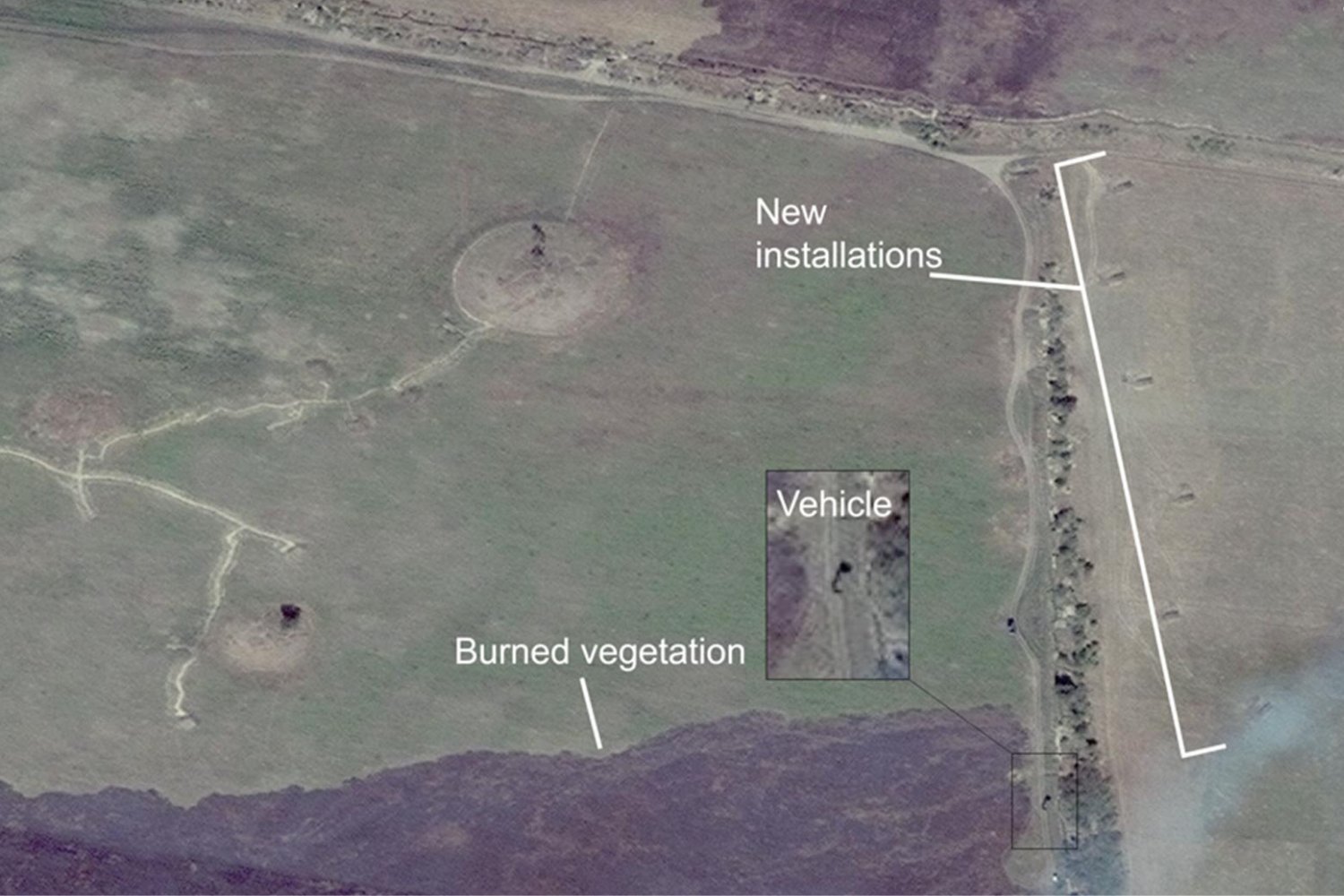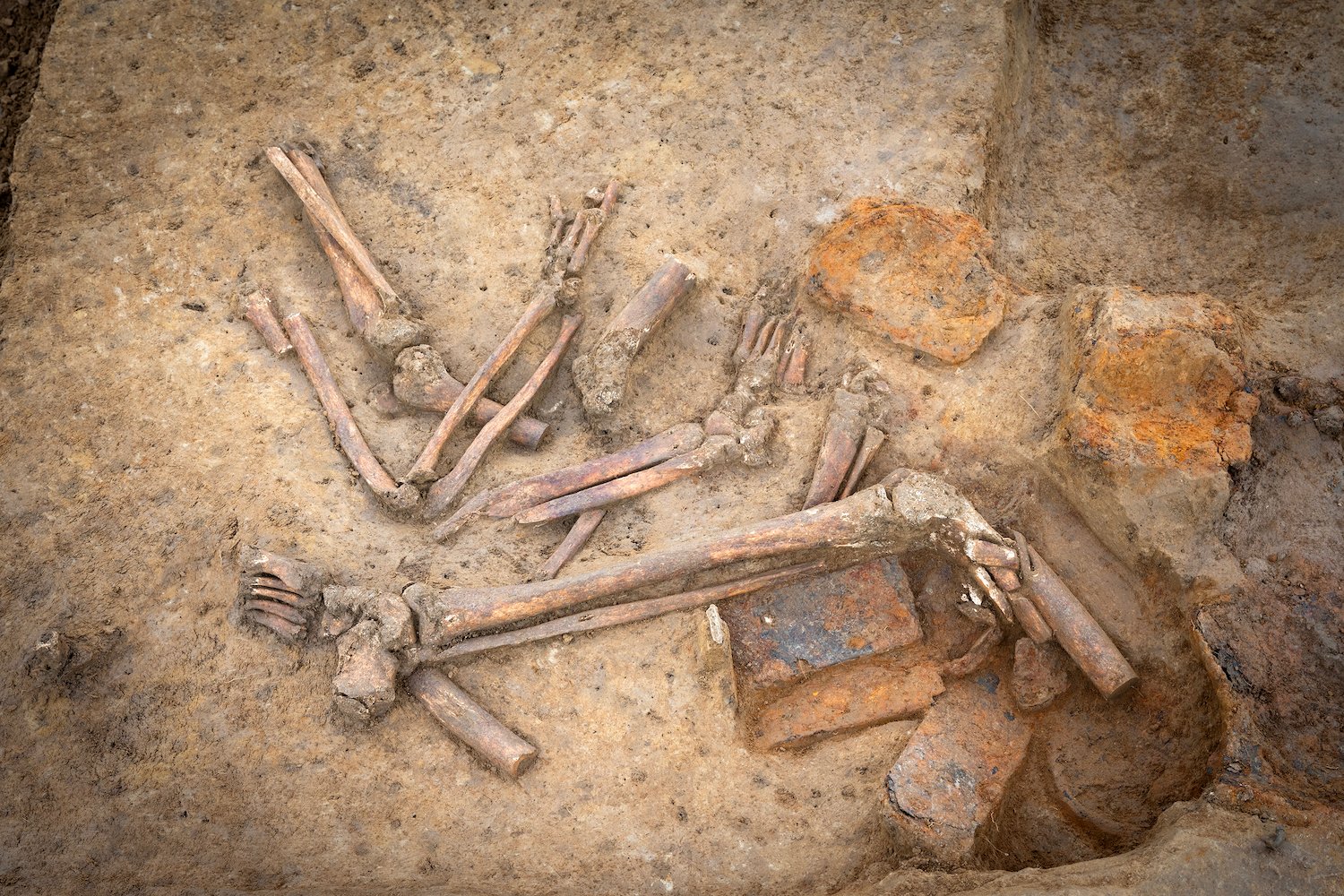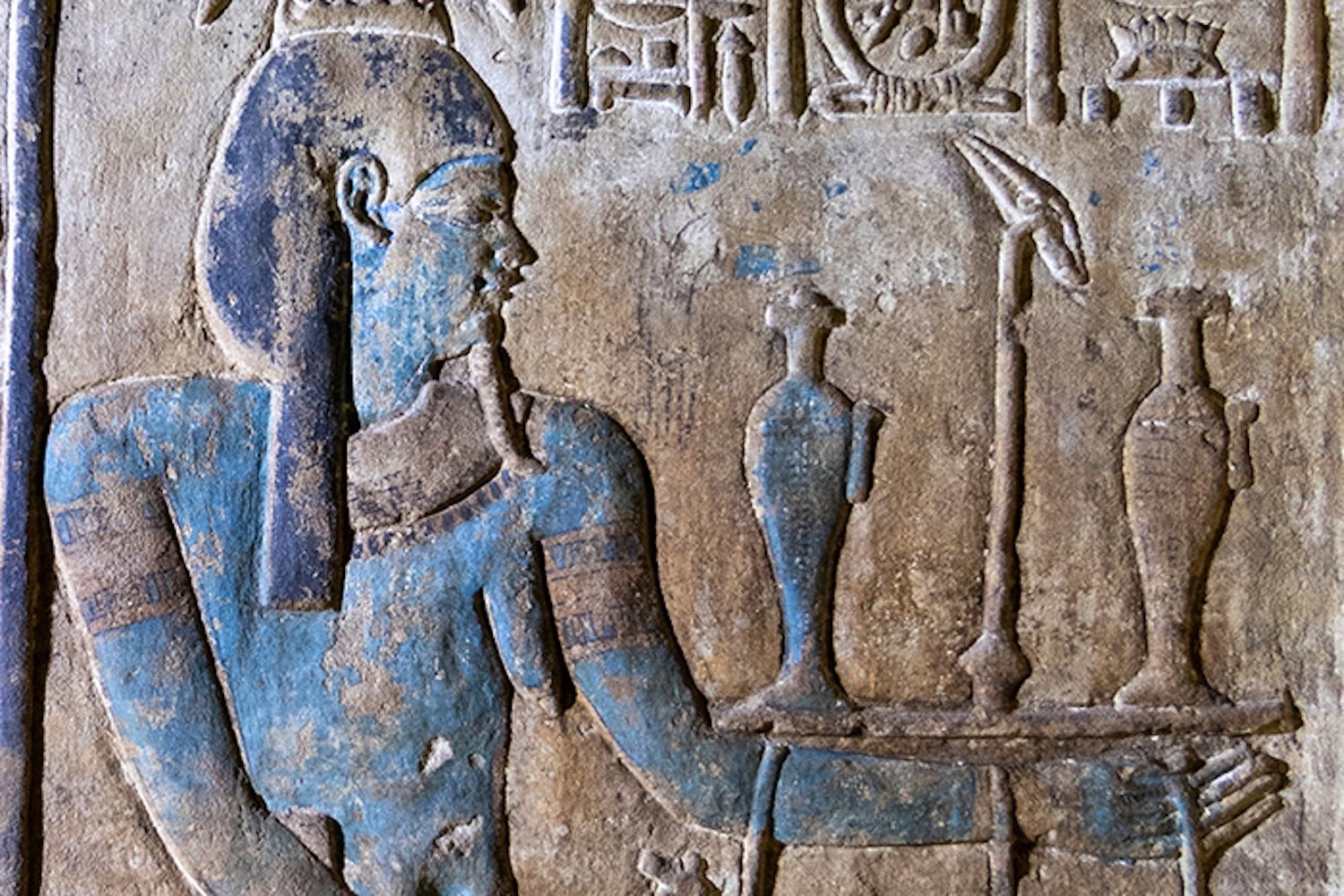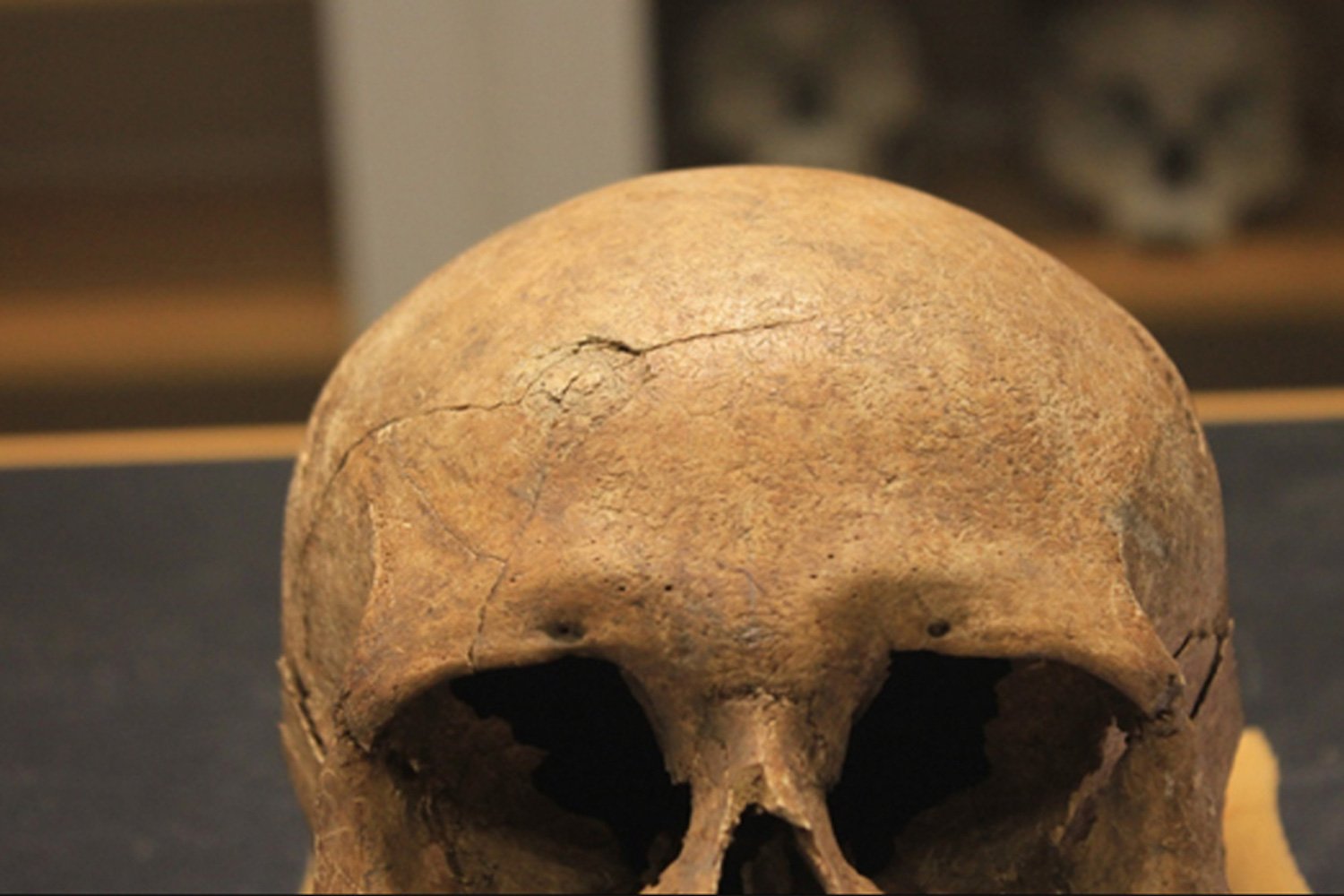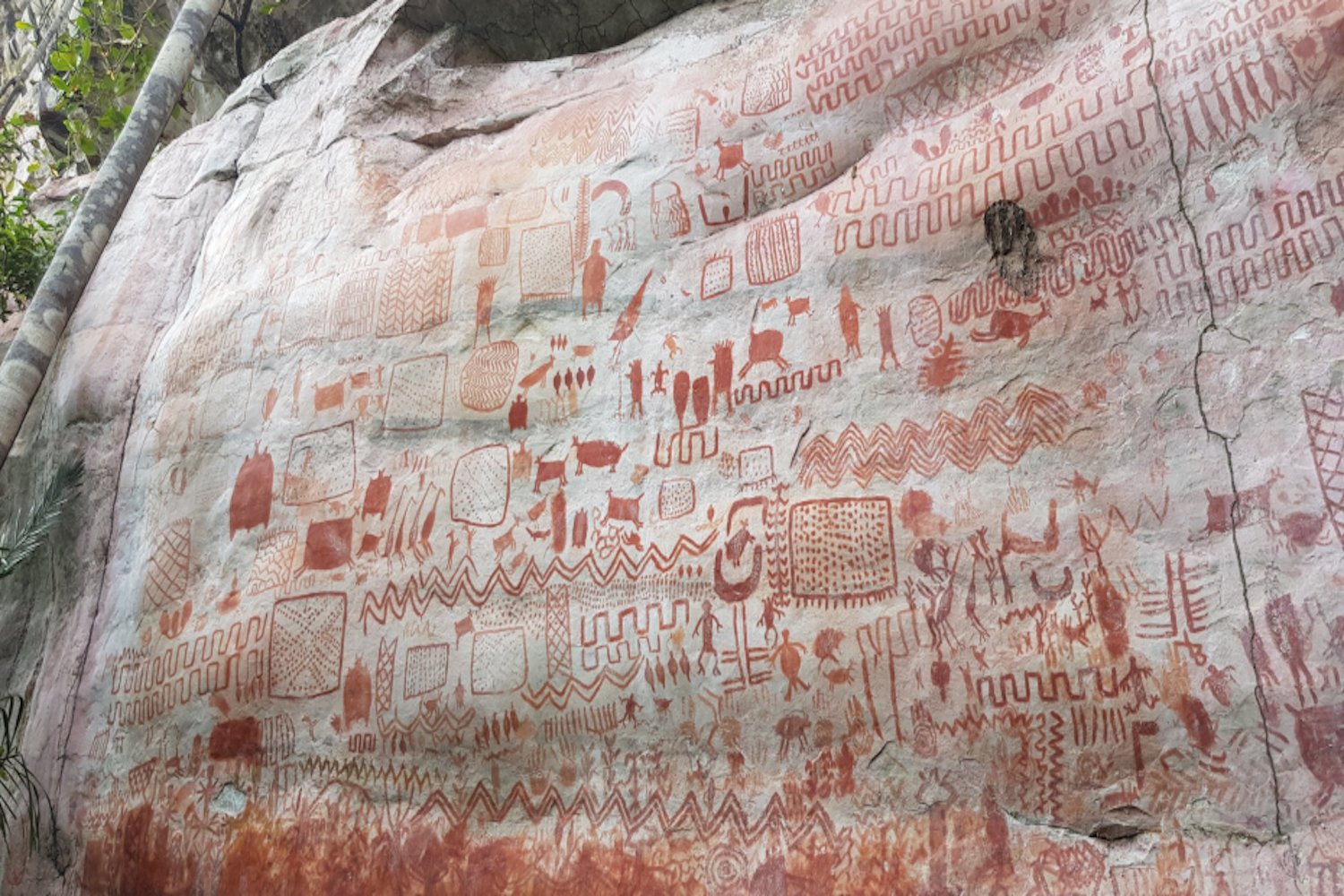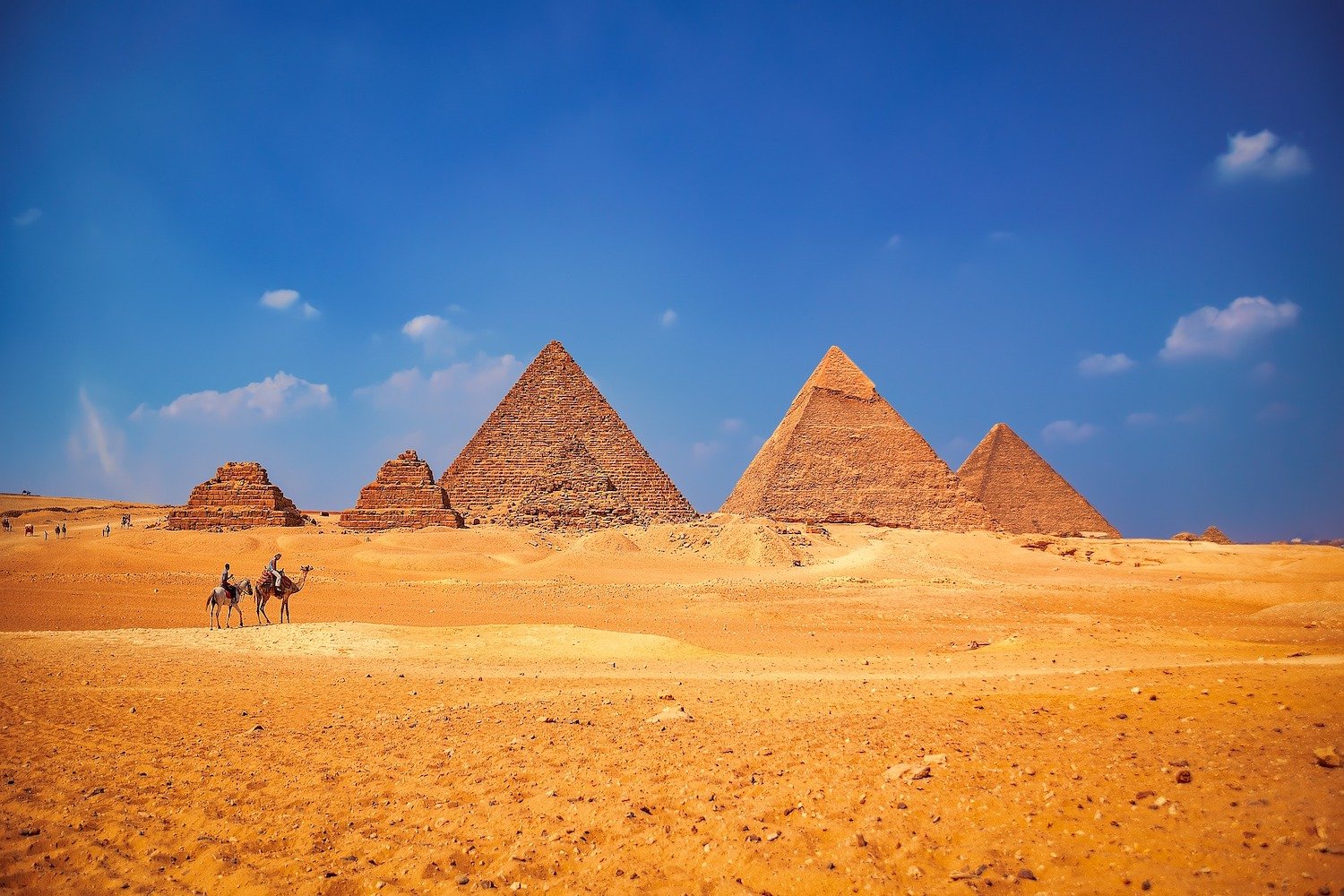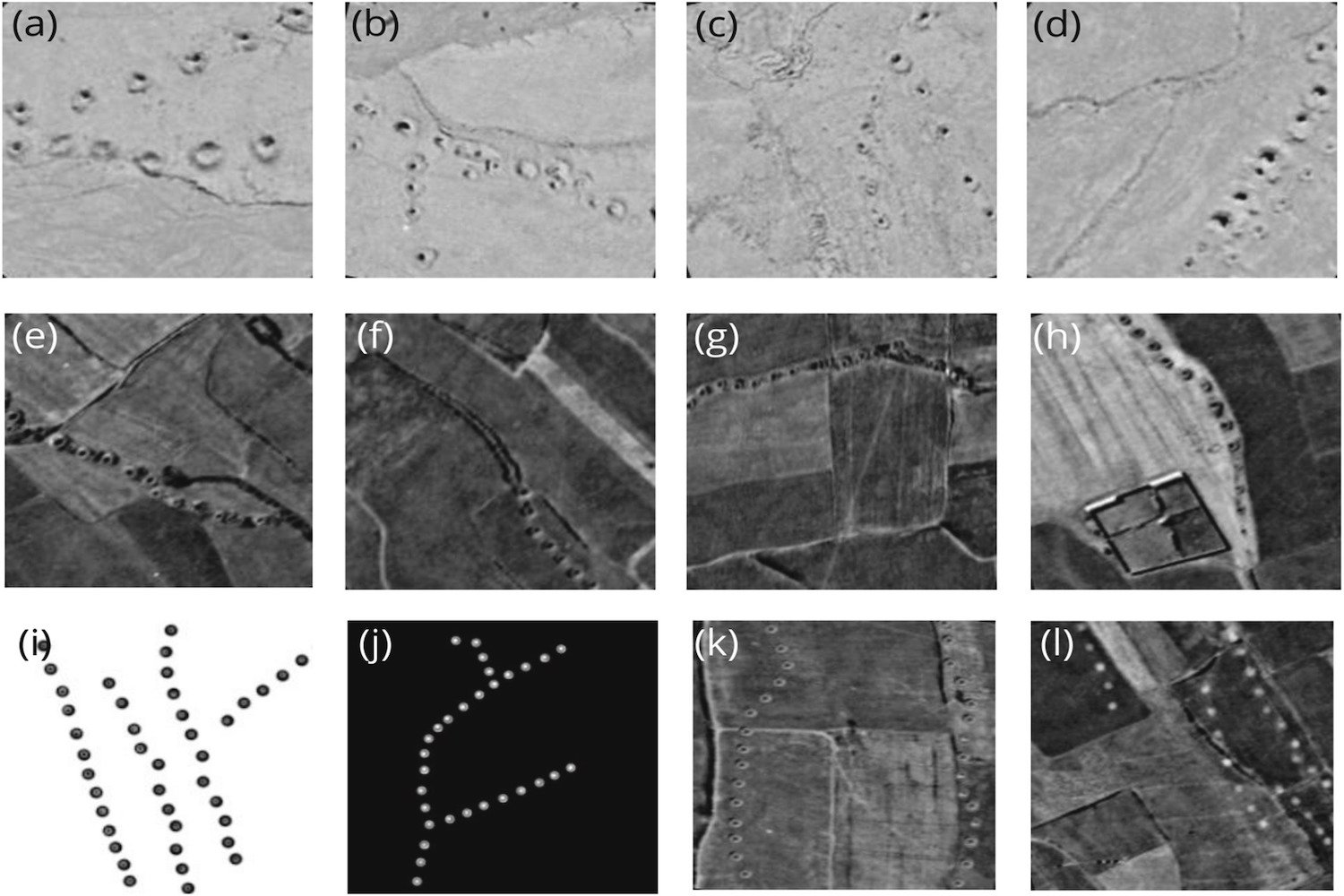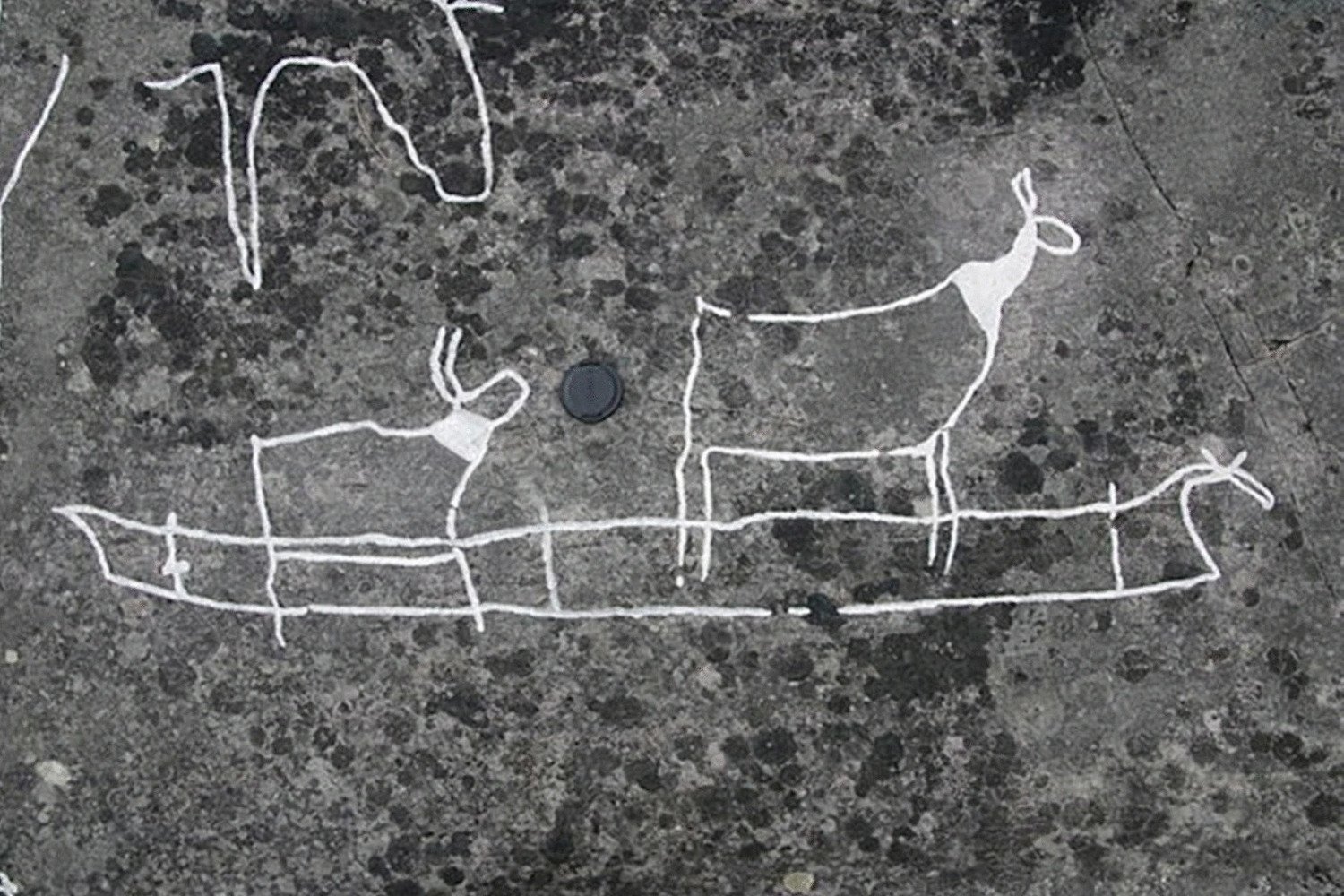The ongoing conflict in Ukraine has had devastating consequences, extending beyond immediate human impact to encompass the nation’s cultural heritage. A recent report from the University of Virginia’s Cultural Resilience Informatics and Analysis Lab (CURIA Lab) reveals damage to Ukrainian archaeological sites, specifically ancient burial mounds known as kurgans, due to Russian military activities.
Satellite imagery analysis, conducted by the CURIA Lab team and published by the Ukraine Conflict Observatory, provides crucial insights into the state of these sites in occupied Ukrainian territories, notably within the Zaporizhzhia Oblast. This region, currently under the control of Russia’s 429th Motor Rifle Regiment, has seen significant disruption since the full-scale invasion began in February 2022. The analysis highlights a timeline of events, from the pre-invasion period to the arrival of Russian forces, showcasing the subsequent impact on these kurgans.
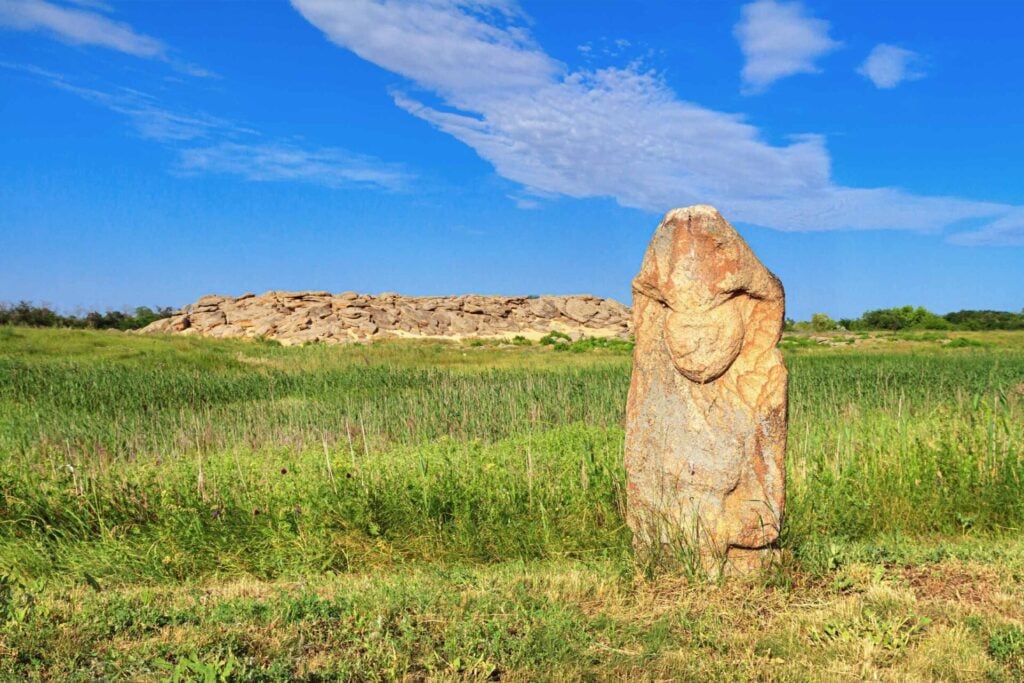 A kurgan.A kurgan in Ukraine, showing the typical mound structure. Photo: University of Virginia
A kurgan.A kurgan in Ukraine, showing the typical mound structure. Photo: University of Virginia
These kurgans, some reaching heights of up to 65 feet (19.81 meters), hold significant historical importance. They contain human remains and artifacts dating back to approximately 3000 BCE, offering a glimpse into Ukraine’s rich past. The report details the nature of the damage observed, which includes the construction of military infrastructure directly on these archaeological sites. Additionally, a large geoglyph, described as lewd and in the shape of a phallus, has been created in an adjacent field, further highlighting the disregard for the cultural significance of these locations.
The utilization of satellite imagery and open-source intelligence proves invaluable in assessing the condition of these vulnerable sites in active warzones where traditional on-the-ground investigations are impossible. Researcher Fiona Greenland from the CURIA Lab emphasizes the importance of this technology, stating, “With this report, we’re able to offer insight into what’s happening in occupied Ukraine in areas that Russia has invaded and still controls.” She further notes, “Our analysis reveals damage to these sites from military action, but also possible theft or vandalism, which must not be ignored.”
 Damaged kurgan.Satellite imagery reveals damage to kurgans in the Zaporizhzhia Oblast. Photo: University of Virginia
Damaged kurgan.Satellite imagery reveals damage to kurgans in the Zaporizhzhia Oblast. Photo: University of Virginia
The report suggests that Russian armed forces may be strategically using the kurgans as advantageous positions for combat, potentially violating the Hague Convention, which outlines specific protections for cultural artifacts during conflict. This raises serious concerns regarding the preservation of Ukraine’s cultural heritage amidst the ongoing war.
Archaeologist Kate Harrell, also from the CURIA Lab, points out that the two documented sites in the Zaporizhzhia Oblast likely represent a fraction of the affected kurgans. With thousands of similar burial mounds throughout Ukraine, she emphasizes the need for further investigation, stating, “There are thousands of burial mounds and, in this report, we only examined two sites in Zaporizhzhia oblast. Further documentation needs to take place.”
The destruction of cultural heritage sites during wartime underscores the far-reaching consequences of conflict, extending beyond immediate human suffering and infrastructure damage. The findings of the CURIA Lab report highlight the urgent need to protect these irreplaceable historical treasures and hold those responsible for their damage accountable. The front lines expose not only the physical dangers to civilians and infrastructure but also the disrespect often shown towards sites of ancient cultural importance. The preservation of these sites is vital for safeguarding Ukraine’s history and identity for future generations.



